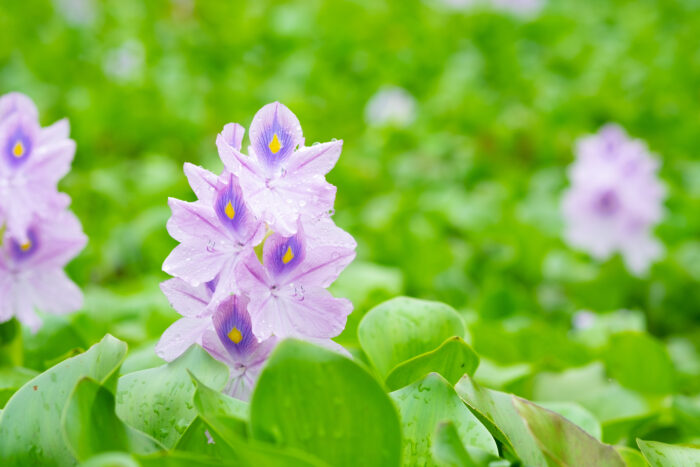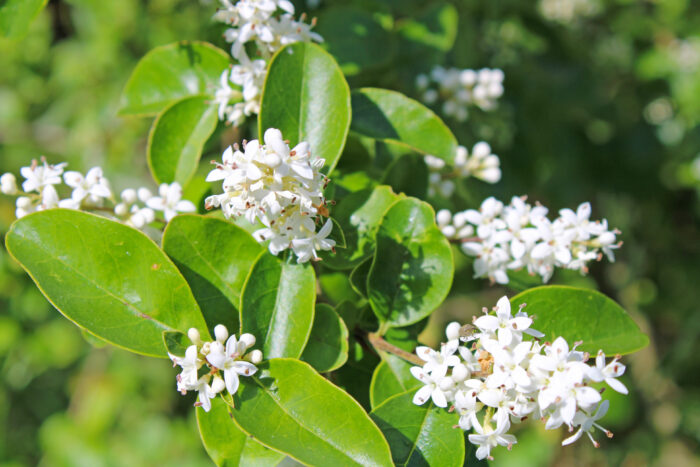

Invasive species can cause significant damage to ecological, economic, and social systems in the region where they are introduced. People introduce these species intentionally or accidentally, and the species can then spread throughout the ecosystem in a variety of ways. Once an invasive species is established, it is very difficult and costly to control and nearly impossible to eradicate.
The North American Invasive Species Management Association (NAISMA) is the national organization that supports invasive species management professionals and educates the public on invasive species and the damage they cause. HARC supports NAISMA’s annual campaign, National Invasive Species Awareness Week, which aims to raise awareness of these invasive species and how best to manage them.
Texas has its own invasive species, which also cause substantial damage across the state and require significant resources to manage and remove.

The Chinese tallow tree and privet are two invasive plant species found in southeast Texas and the Lower Galveston Bay watershed. The Chinese tallow tree is recognized as the most invasive plant species of the Lower Galveston Bay watershed. It outcompetes native plant species, reducing habitat for wildlife and forage areas for livestock. Privets are aggressive colonizers which form dense thickets, usually dominating the understory of forests. The fruit and leaves of both species are toxic to animals and humans.
Texas is home to an estimated 2.6 million feral hogs, which is nearly half of the U.S. population of this species. Feral hogs can be found in every county in Texas except for El Paso. Their population continues to rapidly grow due to their high reproduction rate, diet, and a lack of natural predators. They damage agricultural lands and the environment by impacting water quality and destroying crops and native habitats. These hogs also contribute to increases in the concentration of bacteria in our waters and can spread serious diseases to humans, such as brucellosis. It is estimated that they cause damage equivalent to about $500 million a year in Texas.
Kirsten Vernin, HARC’s Senior Research Scientist in Watershed Quality, has written an informative blog post about feral hogs, outlining the damage they cause in the U.S. and Texas, what can be done to limit the spread of the species, and how Texas is managing the issue.


The common water hyacinth is another invasive species found throughout southeast Texas and in 44 counties of the Lower Galveston Bay watershed. The water hyacinth grows in a wide variety of aquatic habitats, including lakes, ponds, rivers, wetlands, and marshes. It alters native vegetation and fish communities by lowering sunlight penetration and dissolving oxygen levels. It also impedes boat traffic on rivers and waterways, and clogs irrigation canals and intake pumps.
Anyone who loves the Texas outdoors and recreation, or who depends on the state’s natural resources for their livelihoods, knows that invasive species can spread quickly, negatively impacting ecosystems, and costing millions of dollars in damage. Invasive species must be managed so that we lessen their spread and limit the damage they cause.
Organizations such as NAISMA, provide information on invasive species and the most effective ways to help manage their spread. Below are some useful resources from across the U.S. and Texas to help further inform and educate on how to best prevent the spread of invasive species.
